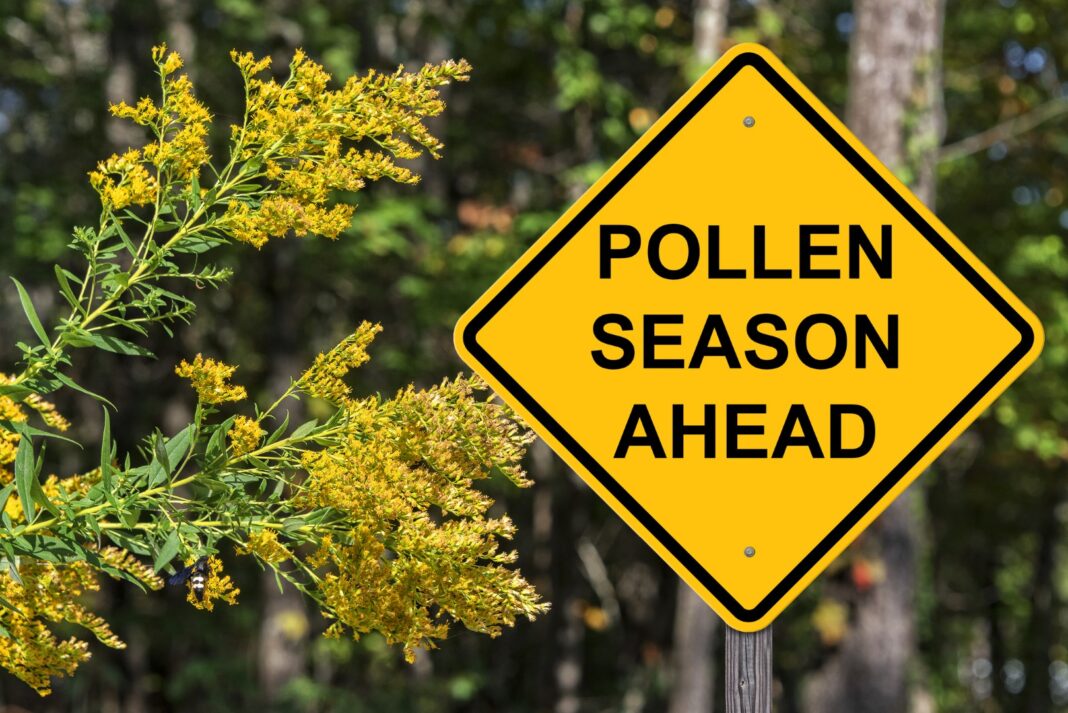As spring approaches, many Canadians eagerly anticipate warmer weather, but for those with seasonal allergies, this season also marks the start of symptoms like sneezing, itchy eyes, and a runny nose. Allergy season typically begins on the first day of spring, March 20th, when melting snow releases mold spores, and trees begin to bloom, releasing pollen that triggers allergic reactions.
It can be difficult to distinguish between allergies and cold symptoms, as they share many similarities. Common allergy symptoms include sneezing, nasal congestion, runny nose, coughing, and itchy, watery eyes. Unlike the flu, allergies typically don’t cause a sore throat or fever, although both can lead to a runny nose.
The melting snow can also trigger mold spores, especially in areas like British Columbia, where there are many forests. While some areas like British Columbia have already experienced some pollen in the air, peak pollen season is still a few weeks away in other parts of Canada. Managing allergy symptoms is becoming increasingly important as pollen seasons grow longer and more intense due to climate change. According to doctors, people should identify the specific allergens, use antihistamines, nasal decongestants, and nasal irrigation to relieve symptoms. In some cases, corticosteroid nasal sprays or allergy shots may be necessary for long-term relief.






